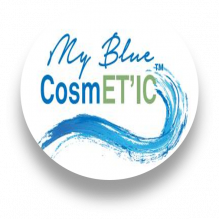
DVM (Dr. Veterinary Medicine). Dir. Dpt. Senior Research Associate. L’Oréal Research & Innovation. Environmental Research Department
Marine and fresh water impact assessment of cosmetic products
Cosmetics and personal care products (CPCP) are most frequently used in the bathroom. After rinsing they flow down the drain where they mix with wastewaters. In industrialized countries they are directed to sewage treatment plants, but in many developing countries wastewaters may directly be discharged into rivers or the sea shore. In addition, certain products such as sunscreens may be directly released by swimmers in lakes, rivers and the ocean.
The exposure of the environment to cosmetic and personal care products is relatively low compared to contaminants from other industrial sectors but nonetheless, the environmental risk assessment of their constituents is done in a similar manner.
Assessing their potential impact on fresh water and marine life faces significant methodology challenges because of their extremely diverse composition, from single ingredients to heterogeneous complex mixtures. In parallel, there is a worldwide trend to move away from animal testing for the human and environmental safety assessment of cosmetics and personal care products. In this regard, fish which are key aquatic models in environmental risk assessment, fall into the scope of several international regulations for the protection of animals used for scientific purposes. As a consequence, replacing animal testing for the safety assessment of cosmetic and personal care products faces additional challenges when addressing environmental issues such as fish long term toxicity, environmental endocrine modulation and bioaccumulation, where fish BCF data are still required for regulatory PBT/vPvB classification.
This challenging context provides opportunities to develop alternative methodologies to anticipate potential short and long term adverse environmental effects of cosmetic and personal care products. The
purpose of this presentation will be to present the trends and advances in these fields.
